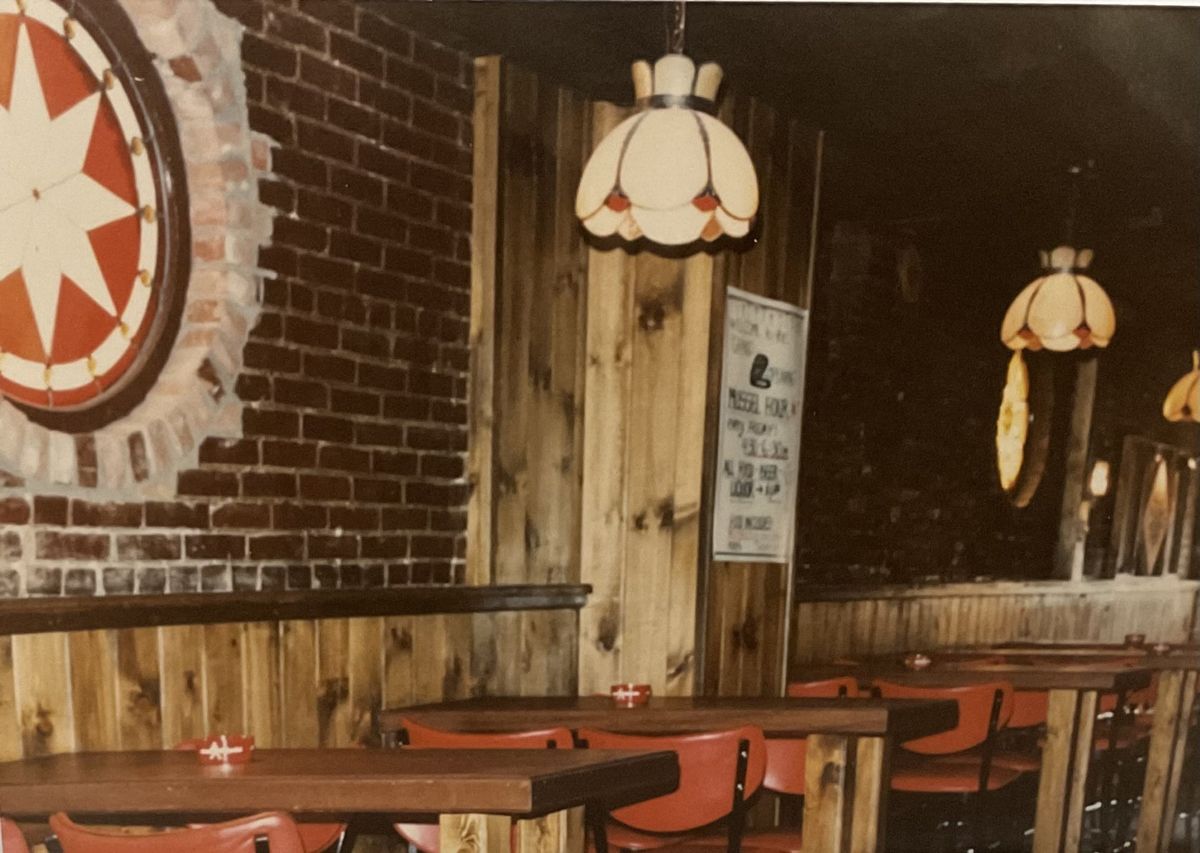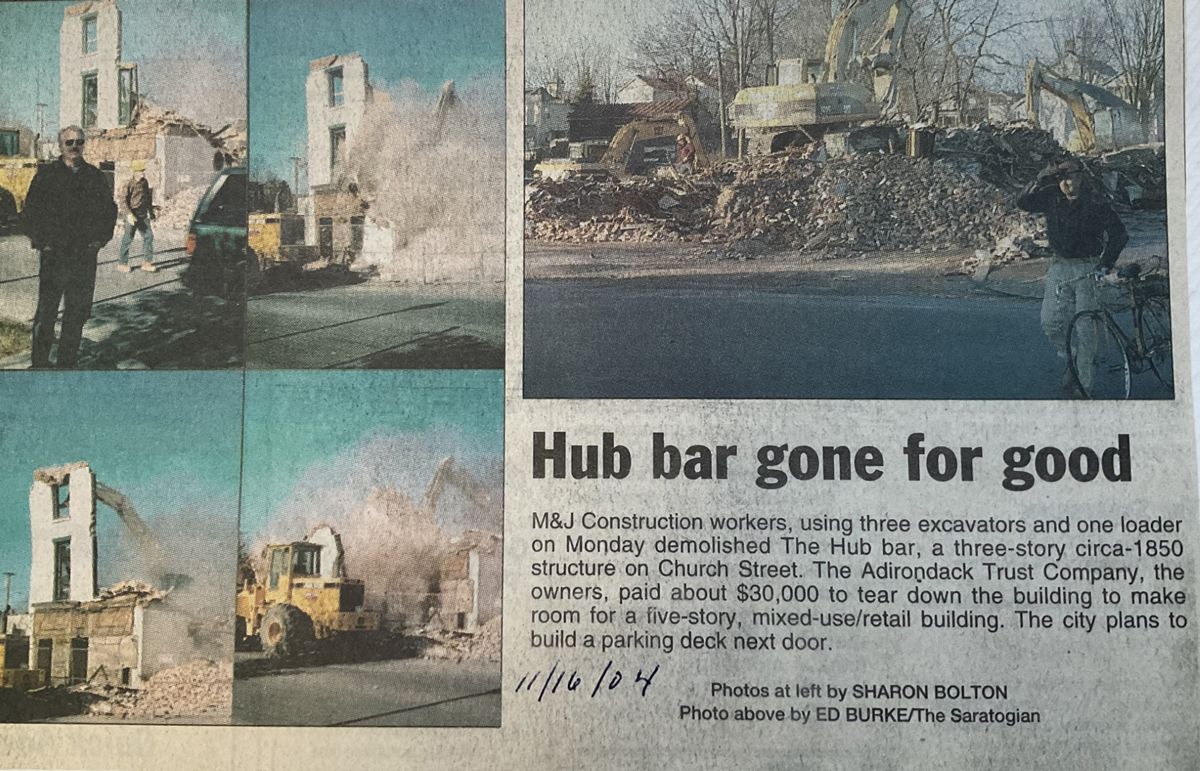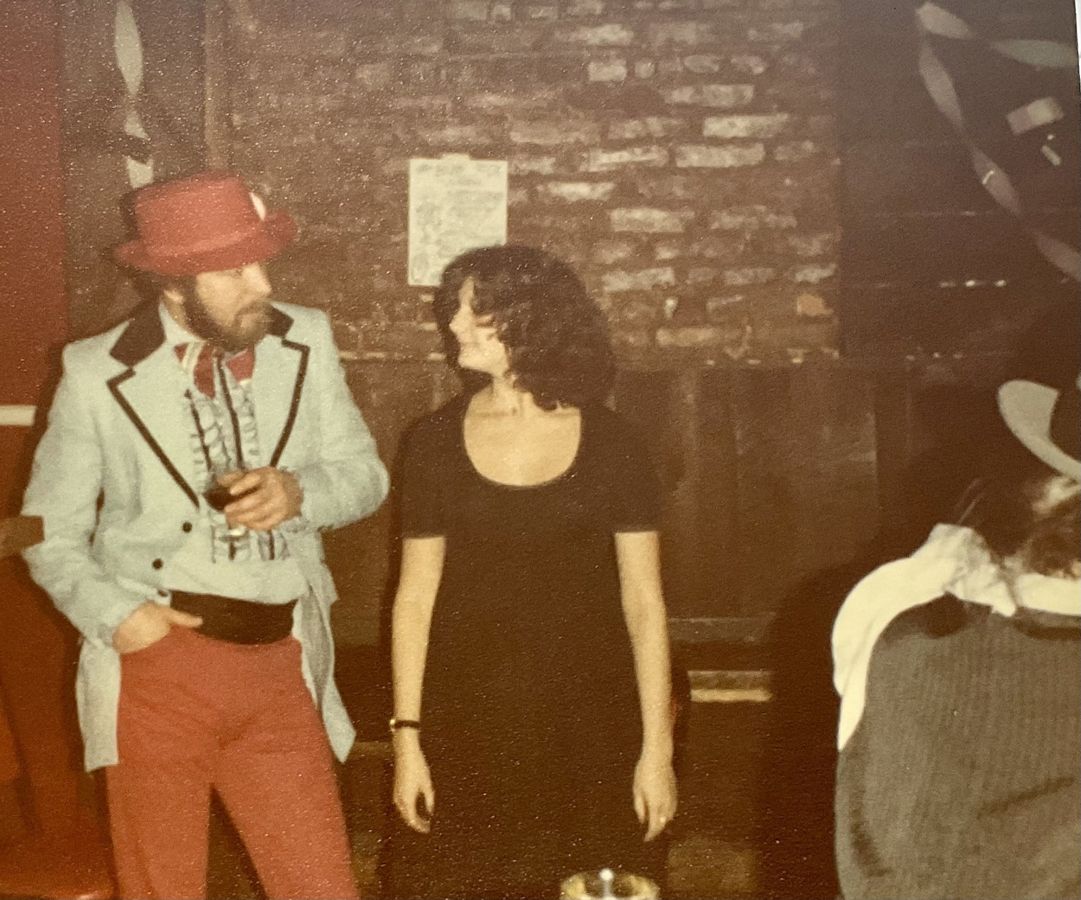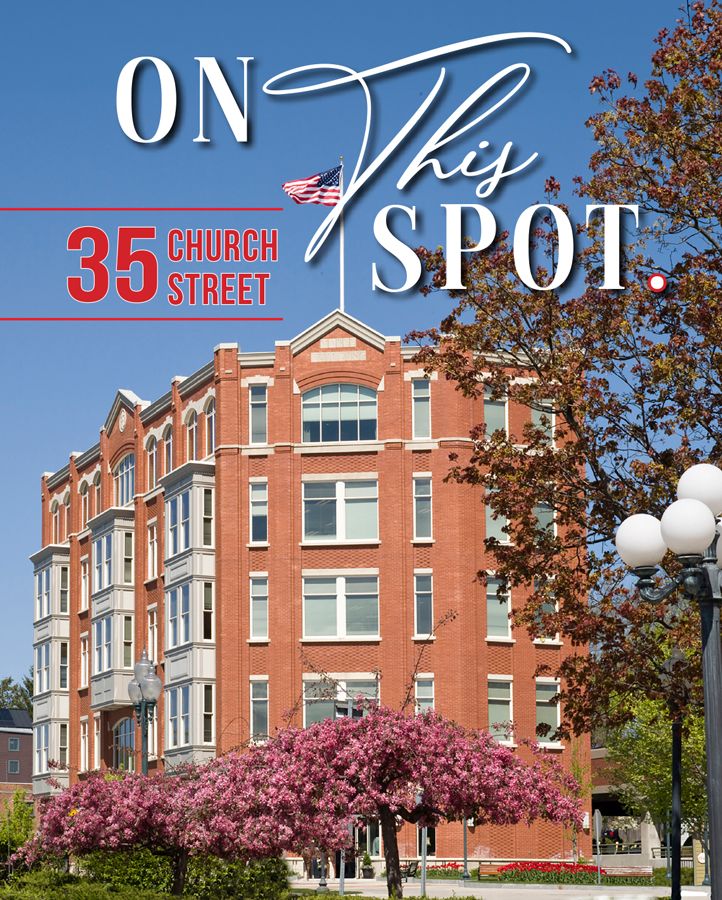
{From the 2024 Spring Magazine}
Written by Carol Godette | Photos provided (Unless Noted)
When faced with an aging building, much like a beloved grandparent in decline, we often turn a blind eye to the signs of deterioration —
crumbling brick and mortar, uneven floors, leaky roofs, and peeling paint. Our emotional attachment leads us to believe things will persist as they always have, even as the structural integrity fades.
Such was the fate of 35 Church Street, known as The Hub, before its demolition on Nov. 15, 2004. Although this spot wasn’t known as The Hub until 1955, it was the center of Saratoga Springs’ activity in its early existence.
At the turn of the twentieth century, Saratoga Coal Companies' office and coal storage silo was directly next door. They supplied most residents with coal heat. Across the street, the bustling railroad depot station welcomed hundreds of visitors to the city each day.
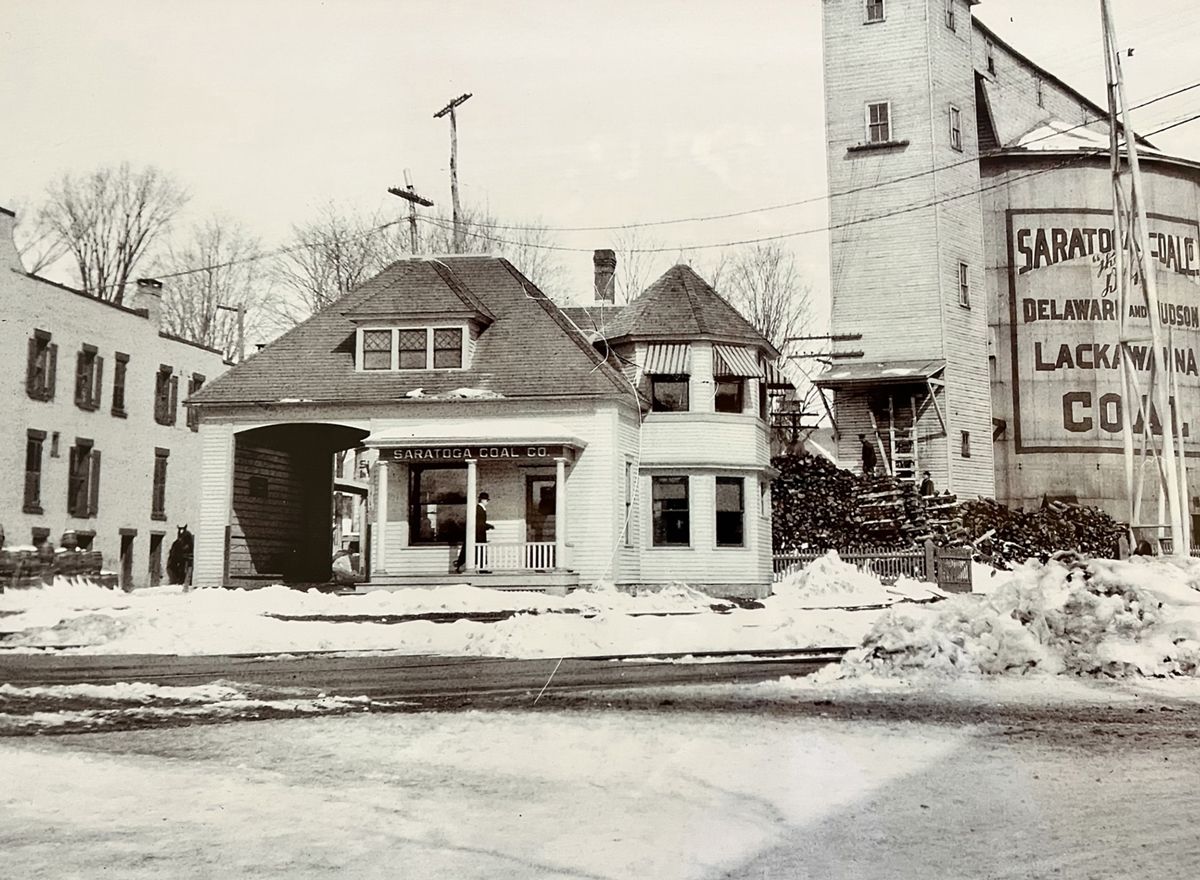
1931 photo of neighbor Saratoga Coal Company. Courtesy of Minnie Bolster
In the early 1900s, rather than being a bar, the downstairs commercial front of 35 Church Street was McAllister and Remington’s Plumbing and Steamfitters shop. Legend has it that the back of the 137-foot building operated as a gin mill where laborers congregated after a hard day's work. Meanwhile, the upper floors accommodated tenants in its six narrow, shotgun-style apartments.
By the 1930s, the commercial front became a cigar and billiards room, known as the Recreation Association Inc., the beginnings of a series of many workingman’s taverns built around the train station.
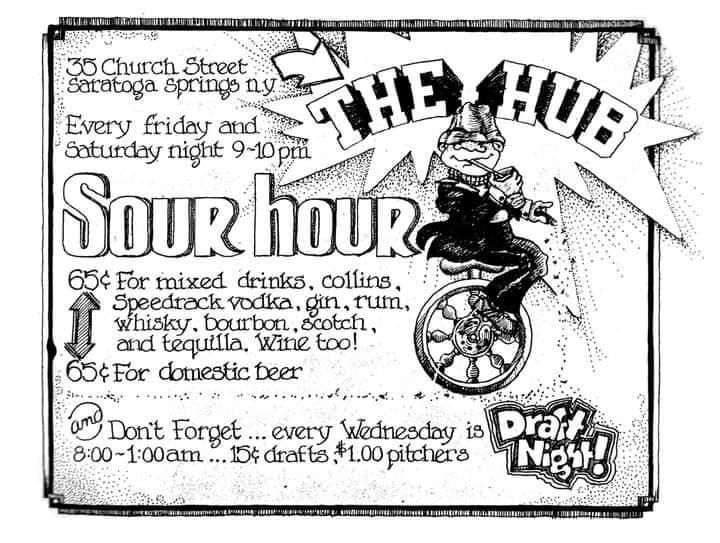
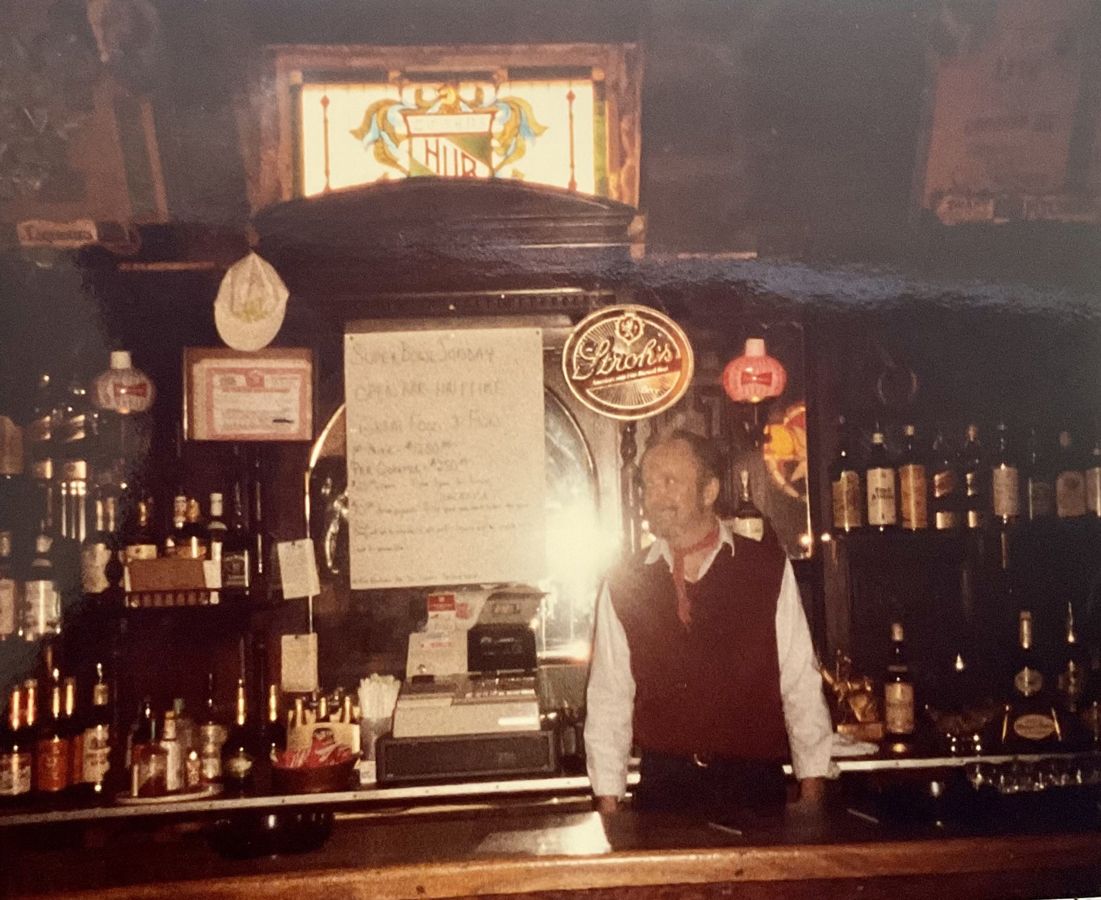
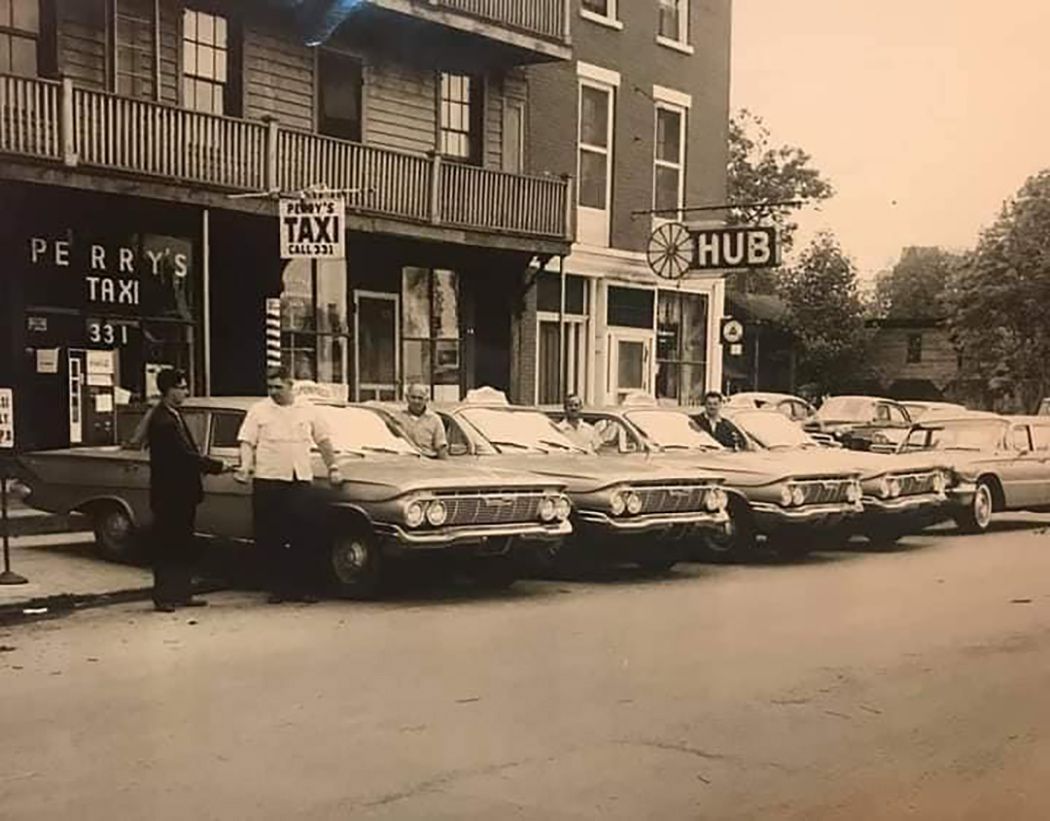
Today, most native Saratogians fondly remember this spot as The Hub, a once thriving bar at the heart of many locals’ and Skidmore students’ coming of age.
In 1955, Helene Cogan Heinz and her husband, Charlie, returned to the area from Hollywood. Having frequented a bar called The Hub during their time in California, they purchased the 35 Church Street building, moved into the upstairs residence, and commenced operating the downstairs bar, renaming it The Hub after their favorite haunt. Thus began the Cogan family's 34-year tenure, during which they played an integral role in shaping The Hub into a cherished and enduring institution in Saratoga’s renowned bar scene. At that time, grandson Jack jokes, “It was an old man’s neighborhood bar.”
The clientele changed when Helene sold the Hub to her son-in-law, Bill Eddy Sr., and her grandsons, Bill Eddy Jr. and Jack Cogan, in 1969. Jack became the sole owner in the mid-1970s and had it for nearly 20 years.
Skidmore female bartenders (Mara King, a well-known local real estate agent, bartended for six months) and males from Union College began serving drinks to a young crowd packed ten-deep, there to connect with old friends and perhaps meet a new love interest.
The Cogan family all helped in some capacity, bartending or pitching in as needed.
Even though the drinking age was 18, minors tried to sneak in, and fines were hefty. Jack’s cousin Pam Talbot, the bouncer, was a force to be reckoned with. Pam, stationed at the front door, knew most locals, and few tried to sneak by her. She confiscated drawers full of fake IDs. Pam's keen eye knew that the last three numbers of an ID were the year you were born. In the pre-photo era, she knew an ID was counterfeit if the date of birth and the last three numbers didn’t match.

Jack promoted camaraderie by engaging customers who became extended family. Regulars were painted into one of two murals commissioned by local artist Hud Armstrong. He lived upstairs rent-free for a year, wandering in daily to paint in a few regulars. The colorful mural of about 90 patrons, selected mainly by Hud, recreated the iconic bar and proudly hung in the back by the kitchen. The other mural was a sepia-tone 1919 historical scene set in front of the old railroad station, depicting the day Upset defeated Man O’War in Saratoga. Today, this mural hangs inside the Mabee Building, complete with a key identifying most of the 236 locals. Local history buffs could enjoy the mural for the better part of an afternoon. I smiled, seeing my favorite mailman, Pete Cahill, and city character; Johnny “Up n Down.”
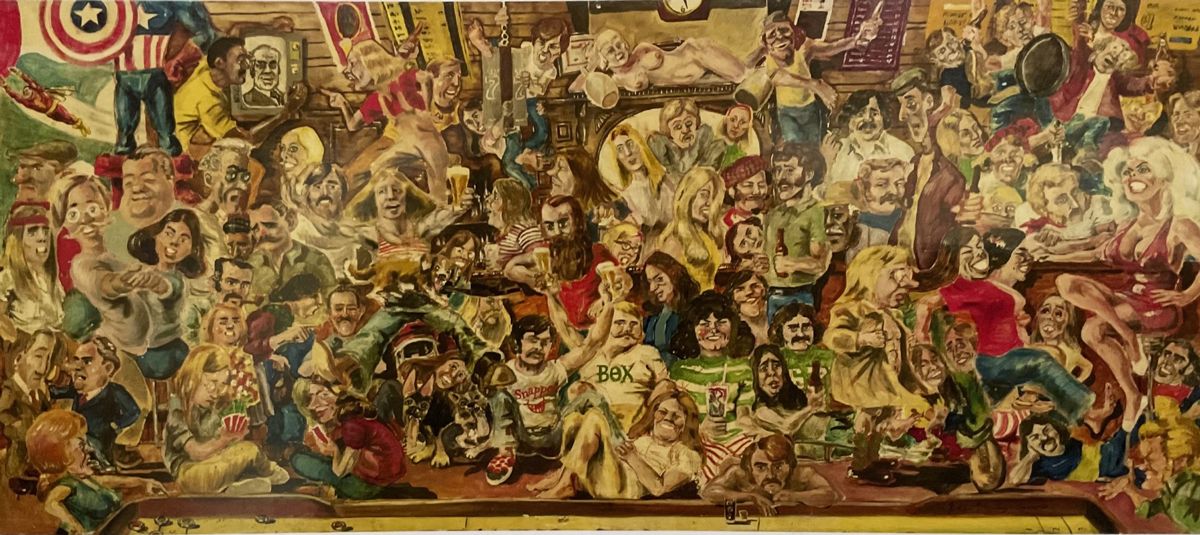
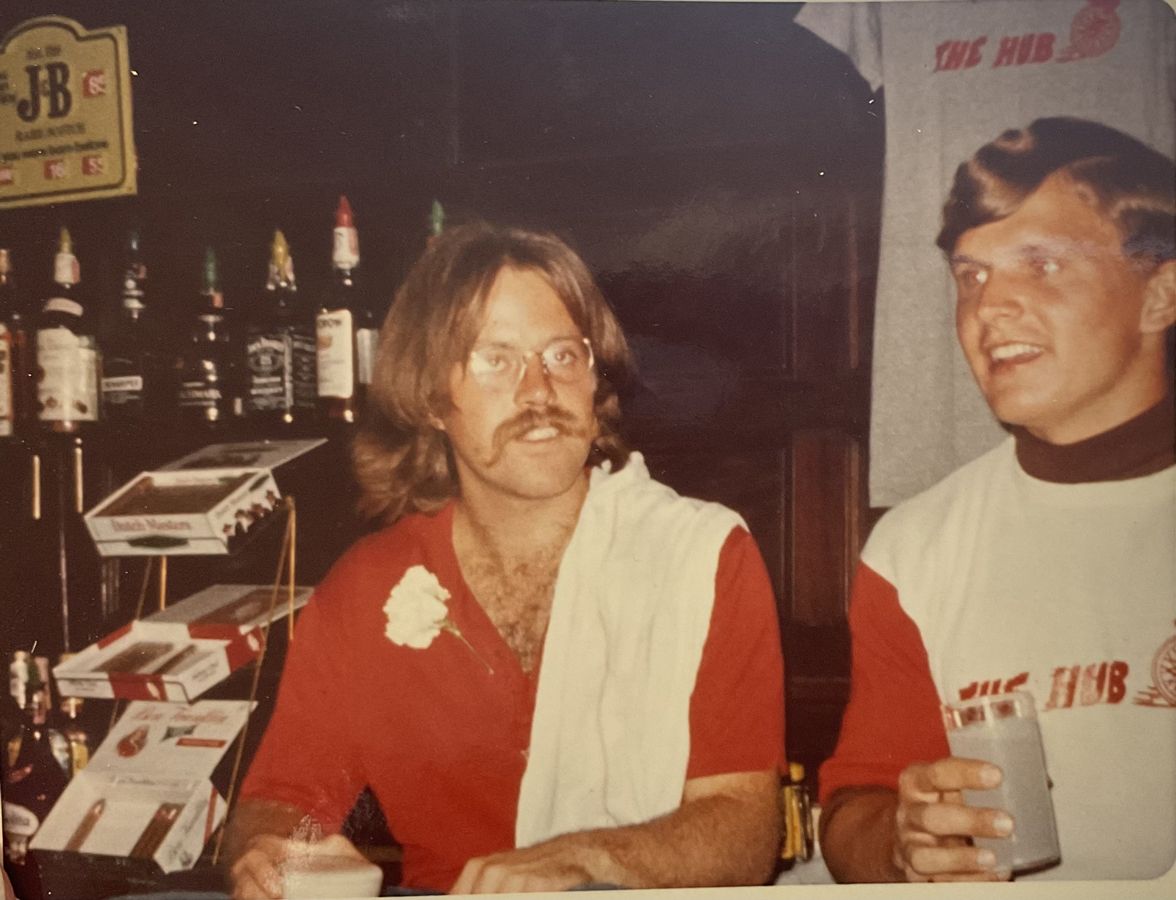
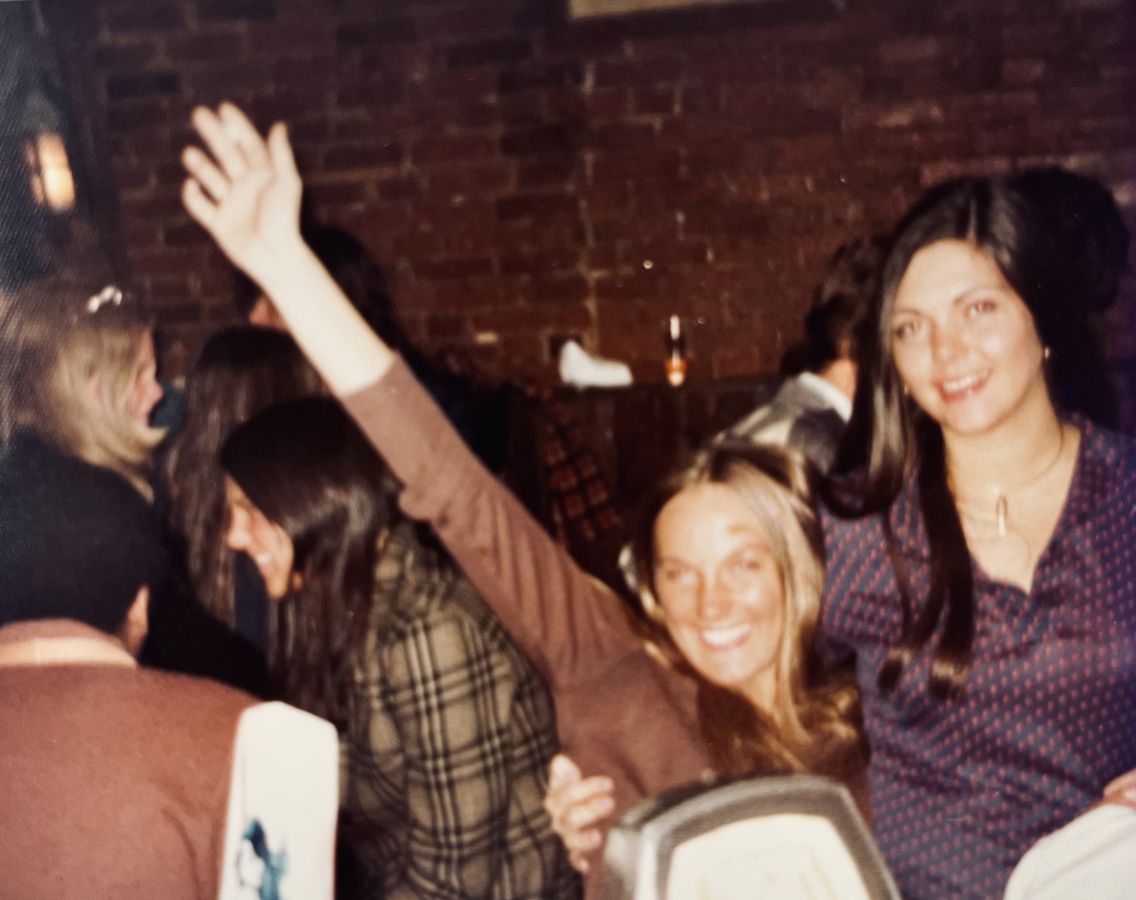
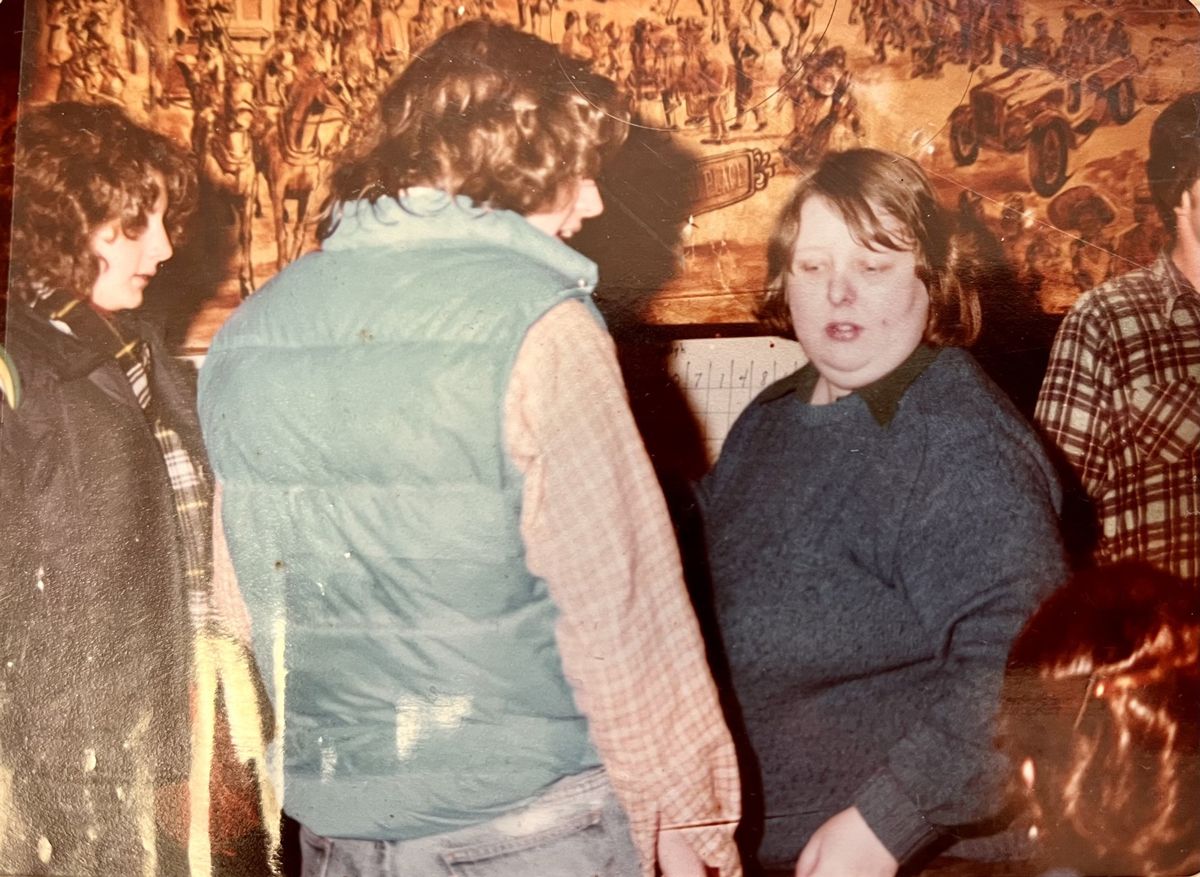
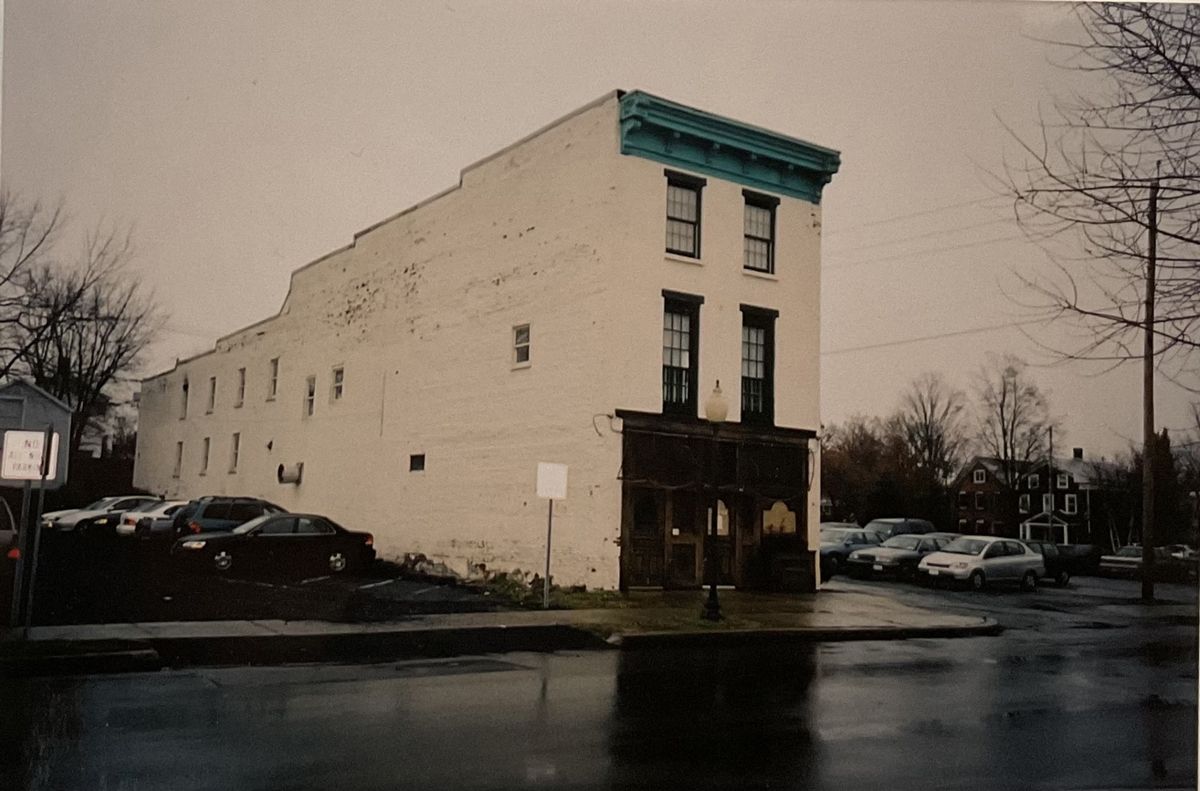
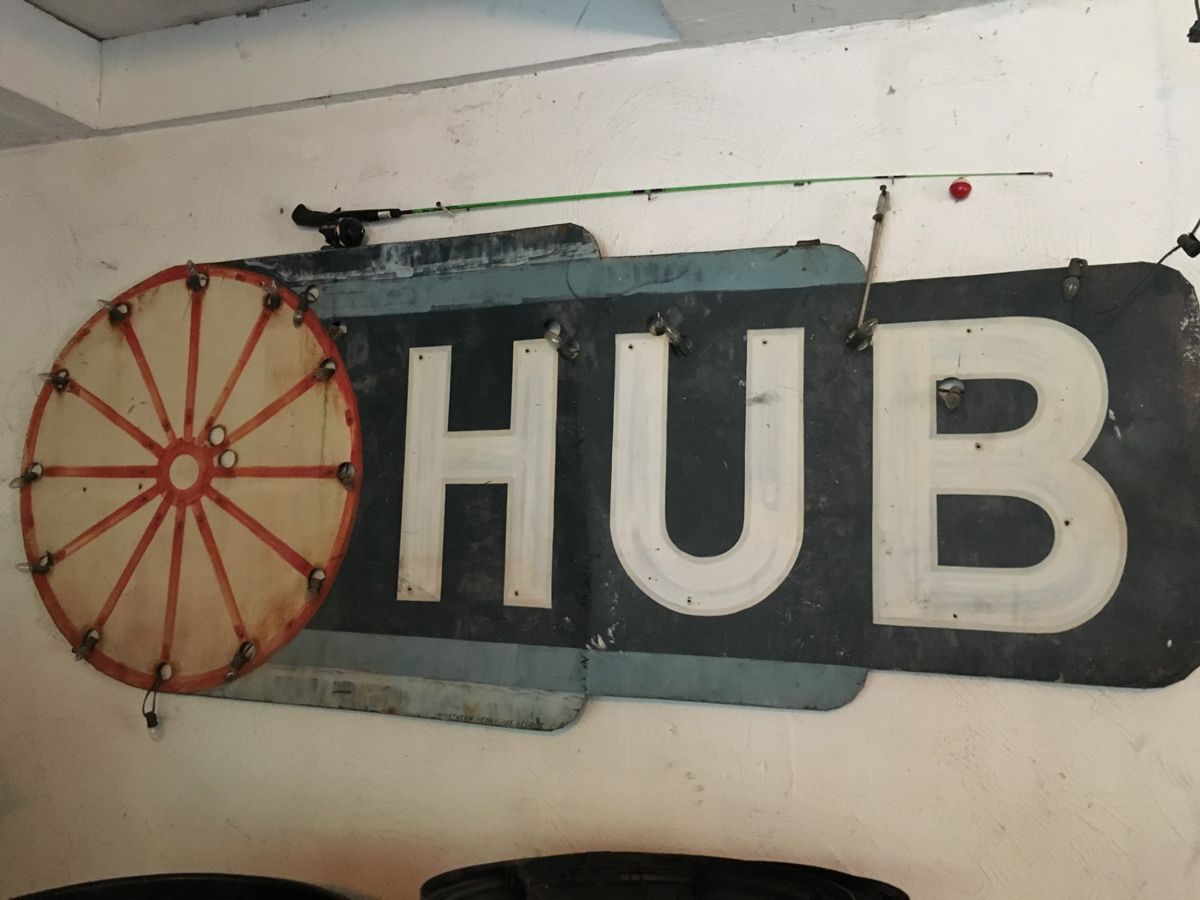
Jack created magic by trying new things. Theme nights such as February’s “Tuxedo Night” or April’s “Beach Boy” day, where the floor was lined with sawdust, were favorite events that broke up a long winter.
Even a regular night playing table shuffleboard could turn into a lifelong memory. In the mid-70s, “Some guys from Greenfield pulled into the parking lot with a pig for sale. For some crazy reason, I decided to jump on the pig and ride it through the bar crowd. The pig ended up under the shuffleboard table. Most impressive,” said Jack. The pig was returned to its owners in the lot.
In 1989, after twenty extraordinary years of trying to keep things fresh, Jack decided to sell his bar to James Doyle. The building needed constant upkeep and Jack was not ready to tackle all the new code regulations needed. Jack misses the people he served every week but is still in contact with many of the lifelong friends he made.
Throughout the 1990s, the bar was renamed the Saratoga Clam and Oyster Bar, The Hub Club, and Dougans. In 1999, Serge Shishik bought the business and renamed it the Hub, perhaps to recreate the magic that once existed in this iconic establishment.
The aging building, then exposed to the elements and devoid of neighbors on either side, had numerous structural issues.
In 2002, the Adirondack Trust Company acquired the building and applied to the Design Review Commission to demolish it.
There was heated debate and discussion on the architectural and historical significance of the building. Since nothing within the building met current code standards, it was determined that renovation of the 1850 building would be cost prohibitive.
The building was demolished on November 15, 2004. Yet, while the physical structure may have disappeared, the spirit of The Hub lives on in the memories of those who knew and loved it.
The five-story office and retail Mabee Building now breathes new life into 35 Church Street while paying tribute to its past. The beautifully framed 15-foot-long mural from the Hub is a reminder of what once stood on this spot.
Author’s note: Thanks to Mitch Cohen for his deed research and Jack Cogan for his extensive materials and first-hand accounts.
